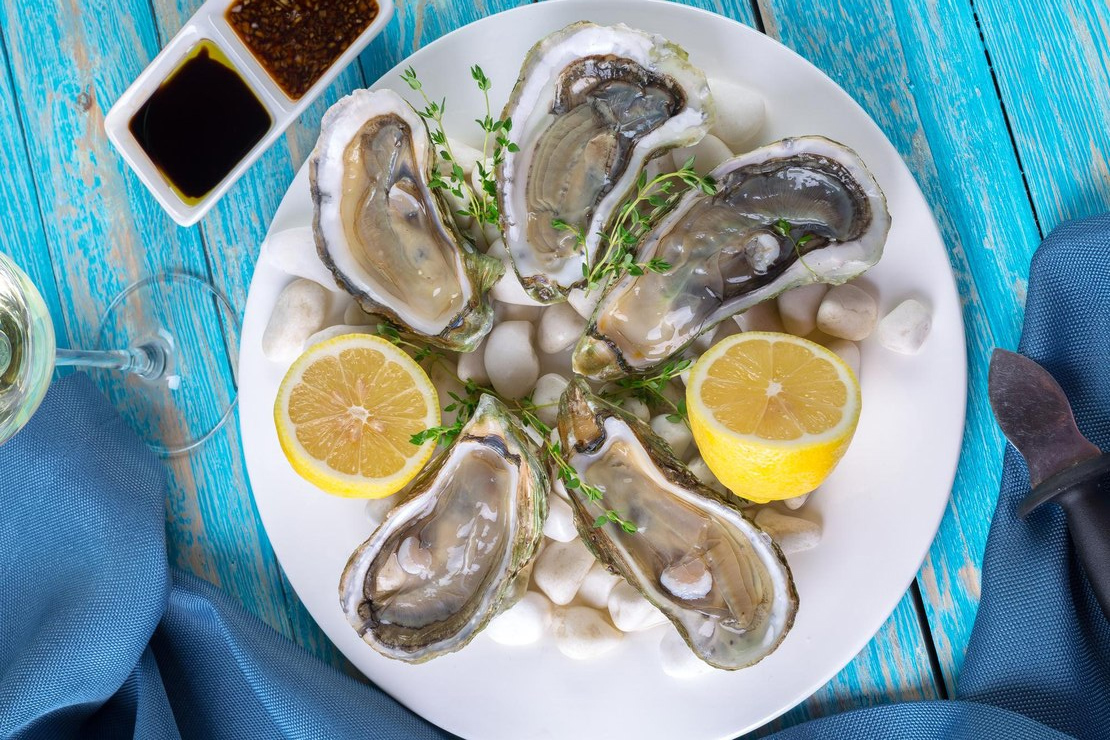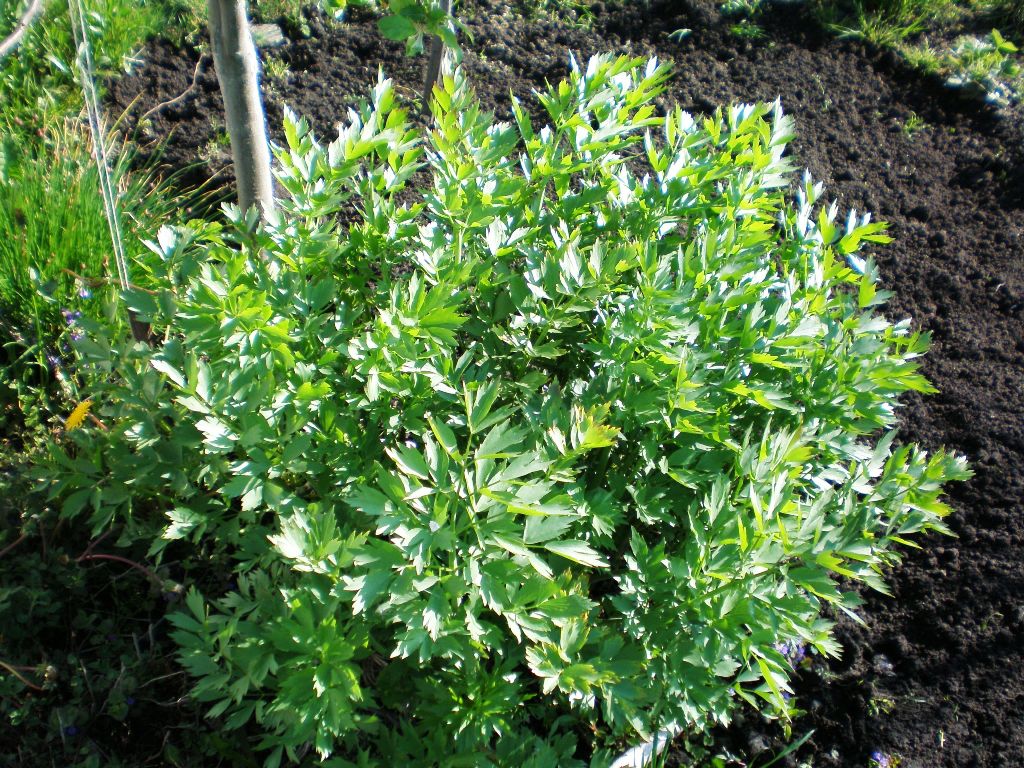What to Eat to Boost Libido?

Aphrodisiacs are referred to as food items that enhance sexual desire, potency, and increase pleasure from intimate closeness. However, do aphrodisiacs really exist? In past centuries, two approaches were applied to define aphrodisiacs. The first considered that libido is "pumped up" by all rare or expensive products, such as truffles, foie gras, red caviar, and so on. The second approach suggested that any food resembling the shape of male or female sexual organs—such as asparagus, artichoke, or even animal testicles—enhances sexual arousal. In addition to the commonly accepted beliefs, there was an alternative medicine that advised couples to experiment with the poisonous Spanish fly, rhinoceros horn powder, and... dead pigeons.
Today, scientists continue to debate what can be called an aphrodisiac. Despite numerous studies, conclusions vary. Most researchers believe it's an outdated myth because food products, in general, cannot influence libido, potency, and satisfaction from sex.
Myth and Reality
For example, the most popular aphrodisiac in societal consciousness is oysters and other seafood. This myth originated from the fact that the ancient Greek goddess of love, Aphrodite, was born from sea foam (hence the term "aphrodisiacs"). However, there are no scientifically proven facts directly linking oysters to sexual desire. Although oysters do contain a lot of zinc, which improves sperm quality and helps treat male infertility.

Photo: Oysters - the most popular aphrodisiac, Source: Freepik.com
Since the 16th century, during Hernan Cortes's expeditions to the Mayan and Aztec empires, there has been a widespread belief that dark chocolate can positively influence sexual energy. Conquistadors, the first Europeans to taste cocoa bean dishes, noted their beneficial effects on the tired body and depressed mood. Today, scientists have found that chocolate contains phenylethylamine, a substance produced in the body during the initial months of love, stimulating dopamine release, affecting the brain's pleasure center. However, the amount of these substances in chocolate is minimal, so drawing scientific conclusions about chocolate as an aphrodisiac is not appropriate.
Some scientists adhere to the idea that a particular food product may work (or not work) as an aphrodisiac for each individual. Allegedly, the placebo effect plays a role here: when someone firmly believes in the stimulating effect of strawberries, it, justifying expectations, will effectively provide a person with a keen mood. At the same time, someone else may experience nothing but ordinary diarrhea from the same "sexual" strawberries.
However, a lover who hasn't eaten anything at all is unlikely to behave like a sexual giant. Interestingly, 17th-century pornographic pictures, in addition to the main plot, always included some food. Perhaps that's why modern mukbangers, who work in the mukbang genre, are often called "gastronomic pornography." Food and sex are evolutionarily connected because the desire for reproduction arises only after a person has gained healthy weight and received all the necessary nutrients.
Therefore, to increase libido, it's better to focus not on individual aphrodisiac products but on healthy nutrition as a whole. But the main emphasis here is on the word "healthy." If we look at the same mukbangers, for example, the genre's superstar Ukrainian-American Nicholas Perry (known on YouTube as Nikocado Avocado), he once started promoting veganism but later switched to hardcore. In 2019, he admitted that fast food abuse and overeating led to erectile dysfunction and loss of libido. Since 2021, Perry has been moving mainly on a mobility scooter. So, if debates about aphrodisiacs continue—as for anaphrodisiacs (not increasing but suppressing sexual energy)—everything is clear. It concerns chips, french fries, sweet carbonated water, and generously poured with fatty sauce all kinds of Korean or Chinese noodles—and all this in elephant portions incompatible with common sense.

Photo: fast food is the enemy of libido, Source: Freepik.com
There is an Exit
Primarily, focus on products that dilate blood vessels and stimulate blood flow to the genital organs. For instance, the amino acid L-arginine, which transforms into nitric oxide in the body, increases blood circulation. It is abundant in pumpkins and nuts. Men who regularly include a cup of walnuts, almonds, or pumpkin seeds in their diet will notice a pleasant effect in terms of improved potency. Additionally, arginine stimulates growth hormone, gradually rejuvenating the body and reducing excess fat. When the naked body looks good in the mirror and pleases its owner, the desire to share this beauty with someone else is much greater.
Omega-3 fatty acids also stimulate blood circulation. Examples include salmon and avocado. These foods are excellent because they can boost sexual desire immediately after a romantic dinner during which they were consumed. Avocado also contains a lot of folic acid (making the body energetic and enduring) and vitamin E, which some doctors call the "sexual vitamin" because it boosts libido and helps the body produce hormones, protecting them from oxidation.
Quercetin is another beneficial substance that makes products aphrodisiacs. Known for its anti-inflammatory properties and improvement of blood circulation, quercetin can be found in apples, blueberries, grapes, and garlic. Lovage (Levisticum officinale) is also rich in quercetin—a plant widespread in Southern Europe, called a folk aphrodisiac in Ukraine, where women rinse their hair with a lovage decoction because its aroma arouses men.

Photo: Lovage, popular folk aphrodisiac in Europe, Source: Wiki
Spicy food also increases blood circulation. Capsaicin, the substance that makes chili peppers spicy, stimulates sensory receptors and triggers the production of endorphins—hormones that, in turn, increase feelings of pleasure. Both in life in general and in romantic encounters specifically. Capsaicin also accelerates metabolism, raises body temperature, and heart rate—similar to what happens during sex. It also stimulates the production of epinephrine, which is responsible for intensifying sensations. However, be cautious: if you don't thoroughly wash your hands after preparing a romantic dinner with chili peppers, the promising sex is guaranteed to turn into a hellish catastrophe.
When searching for products on supermarket shelves that improve blood circulation, it should be understood that the effect will be noticeable mainly in men—and not in all of them, but only in those who have noticeable circulatory problems. All others are unlikely to notice any changes in their sexual lives from these foods. It's incorrect to assume that a particular food will instantly make you desirable, like a male fruit fly that sensed the smell of rotten fruit in the garden.
Alcohol-Free
There is somewhat of a scientific consensus only regarding alcohol. Since sexual function is closely related to the cardiovascular system, which, as many believe, is positively influenced by moderate and irregular doses of red wine. However, although men and women (women, in particular, more often) claim that red wine stimulates their sexual desire, this fact is not considered definitively proven. Moreover, even if some alcoholic beverages increase arousal, they negatively affect sexual function. What kind of miserable aphrodisiac is this when it makes a hopeful person both eager and incapable simultaneously?
Therefore, for someone wishing to boost their sexual desire, the key is not to search for miraculous products but simply to eat a varied, healthy diet (Mediterranean diet is a suitable option), lead an active life, get enough sleep, and, most importantly, experience more positive emotions while avoiding stress.